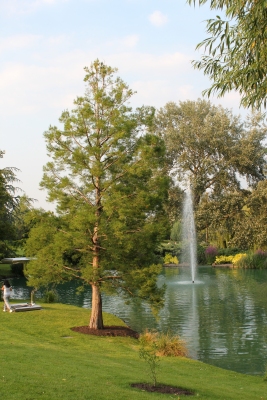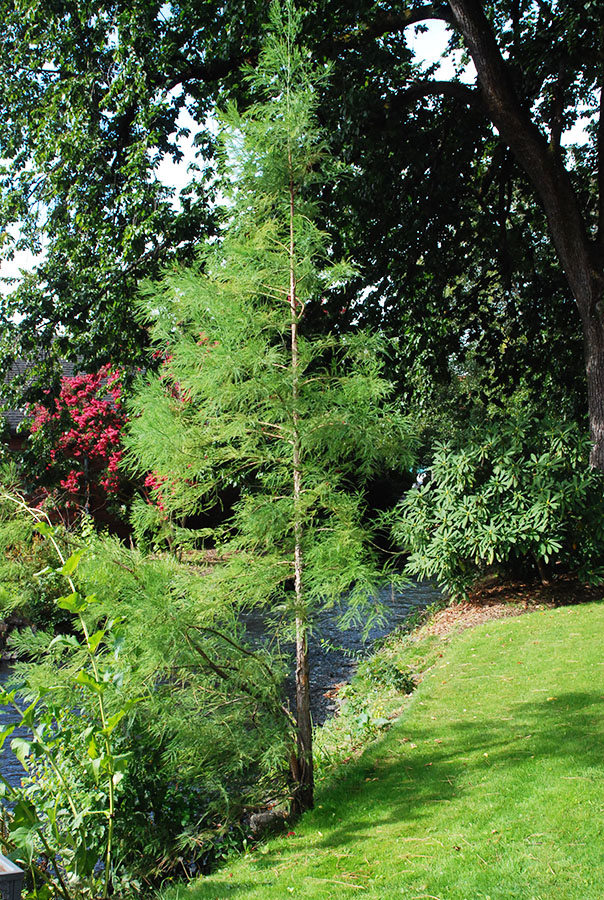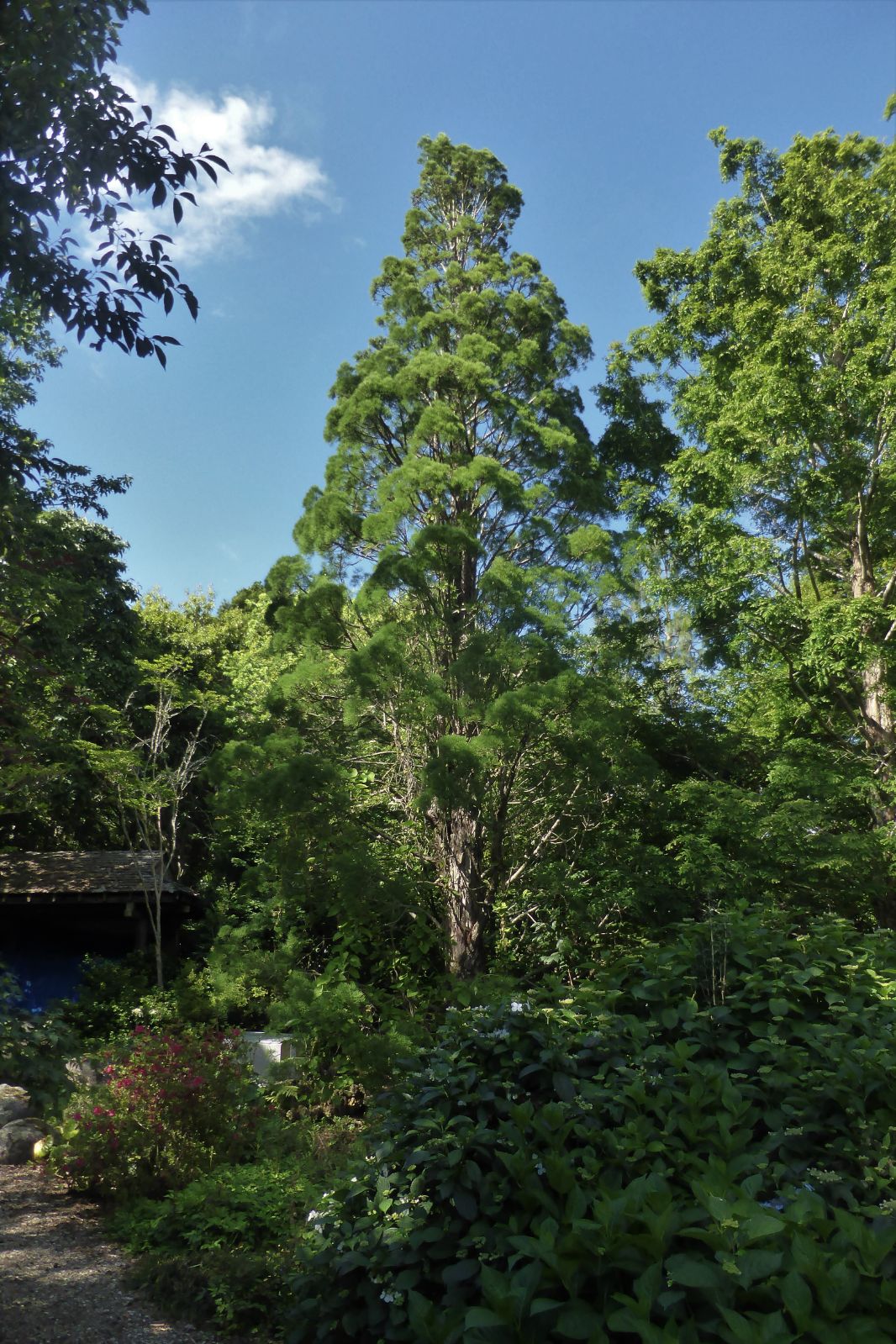Battle Irrevocably Destroyed Ancient Chinese Cypress Forest
May 2, 2025
PEARL RIVER DELTA, CHINA—Thousands of years ago, the Pearl River Delta in southeastern China was covered by thick forests of Glyptostrobus pensilis, or Chinese swamp cypress, that spread across hundreds of square miles. Today, however, all that remains of these ancient trees are stumps, many of them burned, buried in layers of peat, and covered with agricultural fields. Ars Technica reports that Chinese researchers have directly linked the collapse of the thriving ecosystem to a single event—the invasion of the Han Empire. Radiocarbon dating and palynological records indicated that the forest disappeared around 2,100 years ago. This coincides with historical accounts, which record that in 111 b.c., the Han emperor sent an army of between 100,000 and 200,000 soldiers to attack the Nanyue Realm and its capital city of Panyu in the Pearl River Delta. After Han soldiers set the city aflame, the conflagration raged out of control and eventually swept through the surrounding cypress forest, burning the trees down to the waterline. The forest would never recover. Pollen and sediment analysis suggested that after the invasion there was a large population increase and the locals introduced cereals and other grasses as crops, which replaced the former forest forever. Read the original scholarly article about this research in Science Advances. To read about a map of a Han fiefdom that was placed in a general's tomb, go to "Mapping the Past: Han Dynasty Map."
https://archaeology.org/news/2025/05/02/battle-irrevocably-destroyed-ancient-chinese-cypress-forest/


Guangzhou Panyu Waterfront

Part of the Pearl River Delta area, with a smog problem. . .






Chinese swamp cypress, also called "water pine" elsewhere








